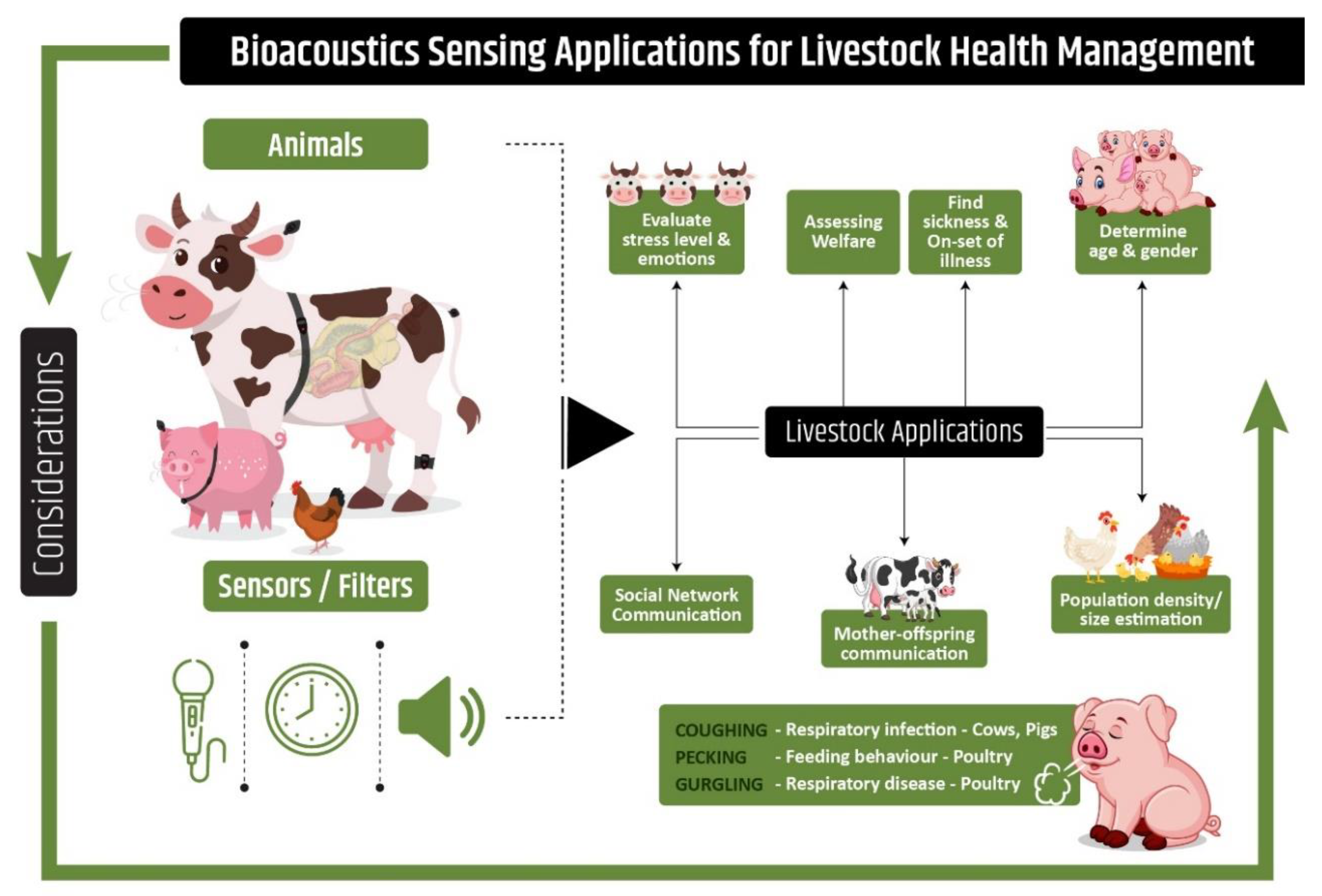
Regular weigh-ins are an excellent way to keep progress of your dog’s weight. This quick and easy tool can be conducted anywhere and at any time. With practice body condition scoring your dog will become second nature. Palpation is important when conducting a body condition score because many dogs have thick or long coats that can mask underlying body condition. Palpate your dog and compare your assessments with the WAGSTA Wellness Check- Body Condition Scoring chart to give your dog an overall score. the area above the tail base should be firm with the spinous processes of the spine just palpable and not covered by a pad of fat.the ventral chest wall should be firm and not padded by a cushion of fat.the tissues below the neck and towards the front legs of the dog are taut and not padded by a cushion of fat.the spinous processes of the spine are lightly felt without the need to push or prod.The ribs can be felt without pushing or prodding into the dog’s body. the ribs are lightly felt as you run your hand across the coat.
WEIGHT LOSS TRACKER APP MEASURES PROGRESS WITH ANIMALS MANUAL
Manual assessment: In a healthy weight dog (BCS 4 or 5): Make observations of your dog and compare your dog’s body outline with the BCS chart in your WAGSTA Wellness check.

When viewed from the side the healthy weight dog with a BCS of 4 or 5 has: has spine and ribs that are not visible.has an hourglass figure -out at the chest, in at the waist and out at the hips.Visual assessment: The healthy weight dog (BCS 4 or 5) when viewed from above:
The ideal condition that we are aiming for is a 4 or 5 (healthy weight dog). When Body Condition Scoring, scores range from 1 (underweight) to 9 (obese). Body Condition Score your dog with a Free WAGSTA Wellness Check! Get your dog's Body Condition Score underway with your free WAGSTA walkies, weight and wellness tracking app. comparing these two assessments with a BCS chart.palpating your dog to feel the amount of fat cover.an objective visual assessment of your dog’s body condition.This is the first and the most important step in assessing whether your dog is a healthy weight.Ī BCS is a visual and manual (look and feel) assessment of your dog’s body condition. Step 1: Body Condition Score (BCS) your dog. Here are three simple steps to determine whether your dog is a healthy weight. So if your pooch appears a little cuddlier than normal and you are uncertain whether your off-sider is a healthy weight dog or an overweight dog, this article is for you! Dog weight gain tends to be a slow process which is often undetected by pet parents until considerable doggy weight is gained.Ī survey by the Association for Pet Obesity Prevention found that 46% of pet owners with overweight and obese dogs did not recognize their dog as being above a healthy weight.


 0 kommentar(er)
0 kommentar(er)
